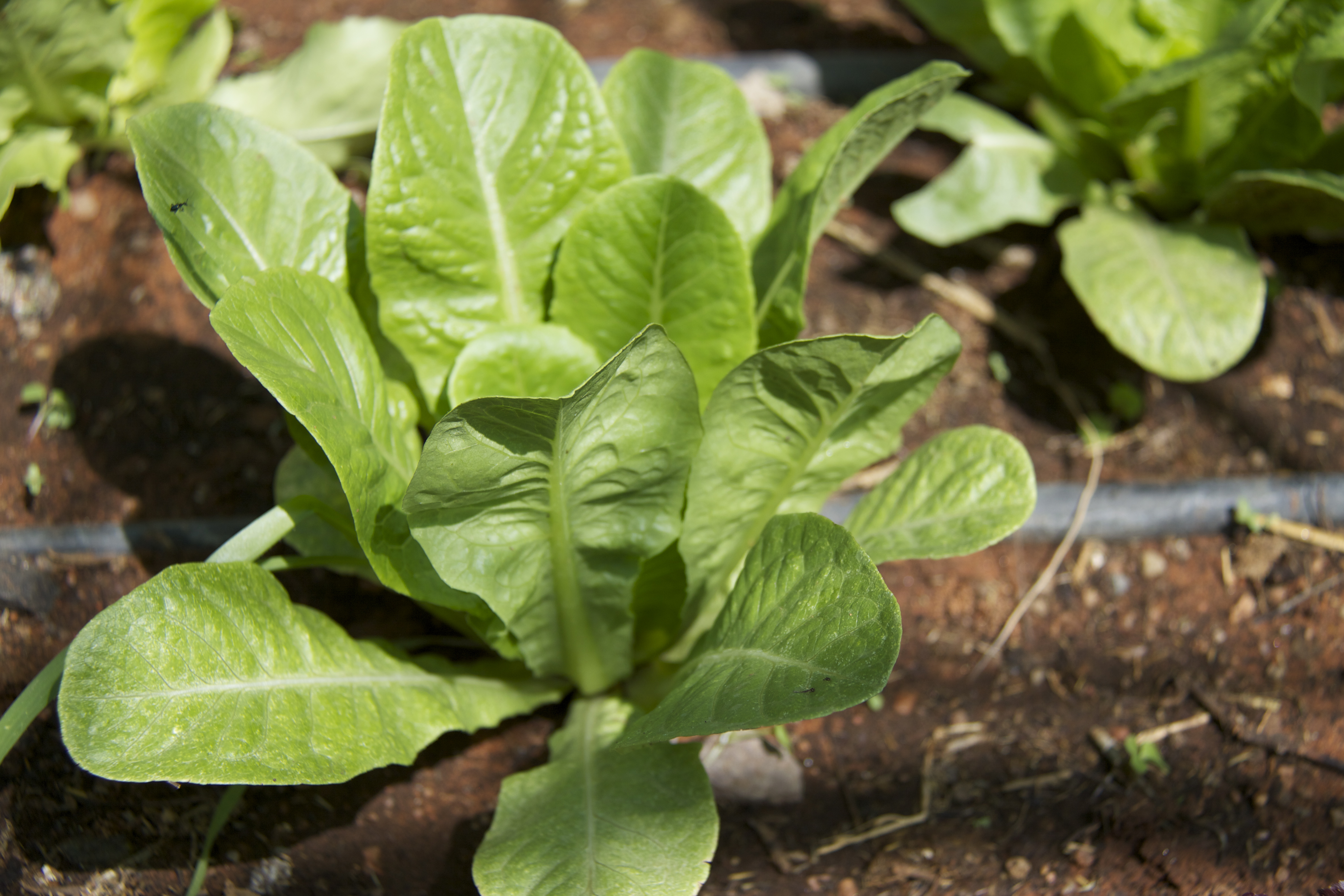How many types of worm species are there across the world, and how many more specifically are there in the UK and where are they? So, you don’t know. No. Neither did I. There are more than 3,000 earthworm species worldwide, with around 30 of those being here in the UK but what I can’t tell you is where all these earthworms are? There are plenty of wildlife programmes looking at bird numbers, plant numbers and bee numbers but none have concentrated their efforts on the earthworm. Step forward Riverford Organic Farms and the Earthworm Research Group at the University of Central Lancashire who want to find out more about the health of the earthworm population here in the UK and, particularly our soil.
I know this is a food blog and not a nature one but if the ground we don’t grow our food in isn’t great, our food won’t be either. Earthworms are the silent workers whose digging leads to aeration and drainage of the soil, ingesting plant nutrients from past crops.
Worms are also a food source for hedgehogs, moles, badgers, foxes and birds. Farmers can help the earthworm population by feeding the soil with organic material and disrupting the soil with less intensive tillage (digging, stirring and over-turning). There’s quite a bit of debate on the negative effect of the plough on earthworms. Ploughing brings the earthworms to the surface, where birds eat many but most find their way back into the soil. Earthworms tend to be a little sensitive to the side effects of modern agriculture as it disturbs the worms, destroys their tunnel systems and even the worms. Expel the myth that if you cut a worm in half it will grow it’s cut half back – it won’t, it will die. They breathe through their skin which needs to retain moisture to absorb oxygen from the air. Worms have both male and female reproductive cells and need another worm to reproduce.
This citizen science project helps us learn more about the common earthworm types and the four ecological groups of earthworms. These include the composters, the litter dwellers, the soil eaters and the deep burrowers. A free booklet explaining how to go about your worm dig is available via post (this can take up to two weeks) or the same document can be downloaded and printed instantly from the Riverford site dedicated to The Big Worm Dig. It’s not just families who can take part, if you’re a school teacher and want a project for your pupils then the more the merrier.
The best place to look for worms is to hunt for casts, or worm poo because most worms produce the casts in their burrows underground and launch them out at the entrance to their burrows. Another good spot for worm detecting is middens – the small collections of leaves, twigs or dried grass at the entrance to some earthworm burrows. These particular burrows are the work of the lob worm who dig their burrows vertically.
This is how you can take part:
Make sure you wash your hands free of soap and lotions before you start to handle the worms.
Once you’ve chosen the site, you need to dig a small 30cm x 30cm square of soil, around 15cm deep. There’s no need to excavate the entire garden but you may want to lay down some plastic so you can see what worms are around.
Sort through the soil, paying special attention to the area around plant roots (because worms love it there). Put any you find in a tub of cold water (you won’t drown them, they can breathe underwater) to wash off the soil, making it easier to identify. Then put them in a dry tub lined with moist paper towel – remember they need to be kept moist.
If you think deep burrowing worms are present, try pouring 10g mustard powder, mixed with 2 litres of water into the hole you’ve made. Worms may pop up as the mustard irritates them (but doesn’t hurt them). Rinse any in cold water and place in the lined tub.
There are pictures of possible worms you’ll find (online or in the booklet) and once you’ve identified the species, you should release them into a shaded, moist spot close to the hole you’ve dug.
If like me, you live in London and can’t find a decent patch of soil, you can join a community dig and there’s one happening at Camley Street Natural Park on May 31st.
Once the results have been gathered, they’ll be analysed by Dr Kevin Butt and Dr Chris Lowe from the University of Central Lancashire in Preston. They specialise in studying the role of earthworms in soil ecosystems both in the UK and overseas.




